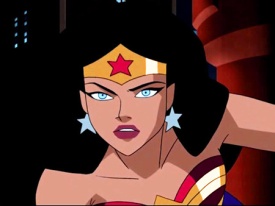While reading reviews for Robin Hobb’s Liveship series (you can click here for that series if you like), one review caught my attention. I don’t know the reviewer, so I don’t have permission to cite the review. However, if you click on the link, you’ll see it for yourself. Anyway, the reviewer was appalled by the stupid decisions (that reviewer’s description) the characters made, which led me to write this post.
After having read some books or watched movies or TV shows, I have bemoaned the choices of characters some would describe as too stupid to live. But I have to wonder whether the plots of those books or shows would have suffered had those characters made logical choices.
As you know many conflicts are based on the choices characters make—wise or unwise, leaving the author at the mercy of readers who disagree with said choices. For example, some readers complained about the choice of hobbits to take the ring to be destroyed in Mount Doom (Lord of the Rings). If you’re ready to take umbrage with me, thinking I just gave a spoiler (though the books have been around since 1955 and Oscar-winning movies have been adapted from them), please see the Complaints Department. You’ll have to fill out a form to make a complaint though. Anyway, I have heard a number of critics say. “The eagles could easily have taken the ring.” But the ease of this, in my opinion, would not have made a compelling journey story.
Some people complained about Bella in the Twilight series and how stupid she was (in their opinion). Yet that series sold out the wazoo. Apparently, many people weren’t bothered by her choices. While I didn’t agree with every decision the character made, I found the series enjoyable to read. If that bothers you, again, please see the Complaints Department.
Striking a balance between a realistic decision someone might make versus one made purely to fulfill a plot point is a tough call for an author. It’s easy for an audience to scream, “Don’t go in the basement,” while watching a heroine in a horror movie. But would we still watch the film if said heroine decided, “Nope. Ain’t happening! Zombies and vampires are probably down there” and avoided the basement like the plague?
Do you have any advice on how to strike a balance or any examples of compelling decisions made that cost a character something? While you’re thinking, A Tale of Two Cities by Charles Dickens comes to mind. A number of characters make very costly decisions. Yet I loved the book because of their choices.
What was the last book, show, or movie you engaged in that enraged you in regard to the character(s)? Had you written that piece, what, if anything, would you have done differently?
Book covers either from Goodreads or my library.























































